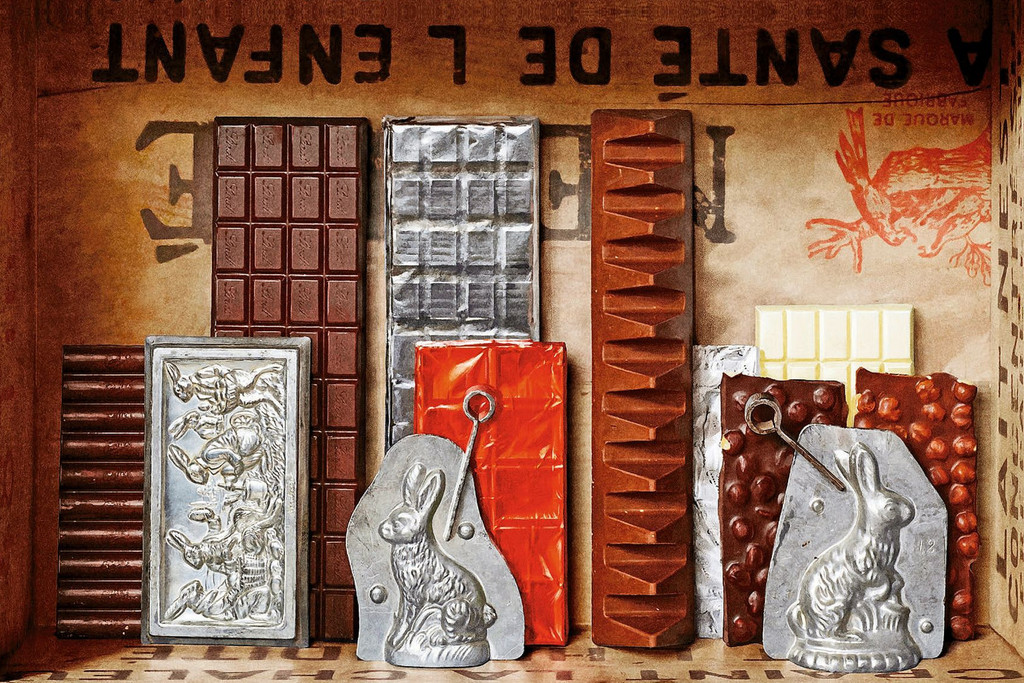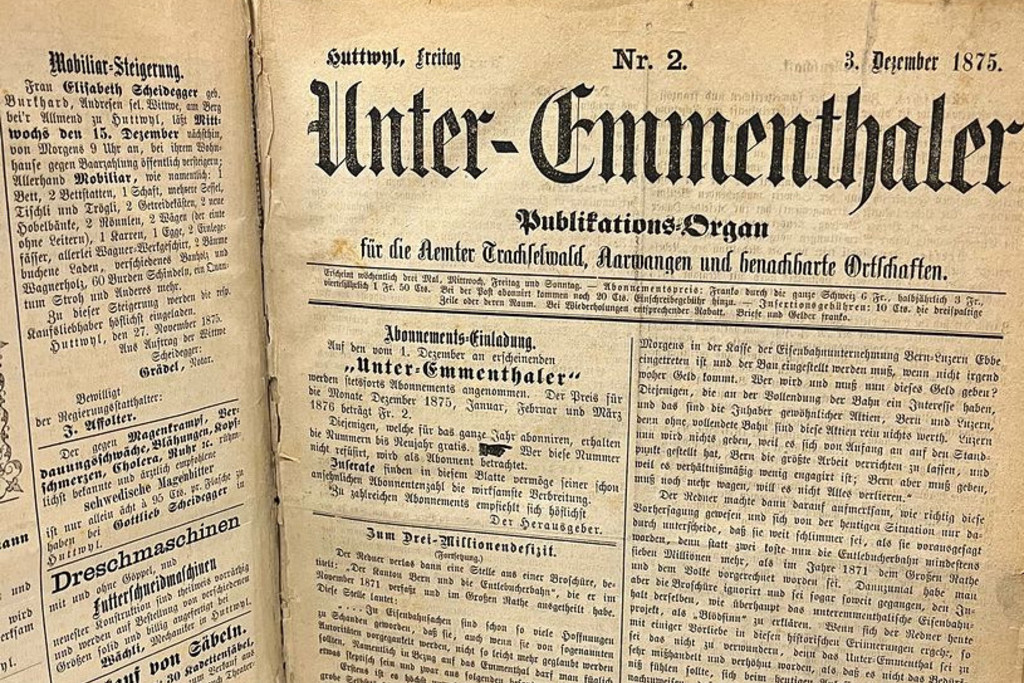
- Society
An iconic figure in Swiss winemaking and biodynamic viniculture
14.07.2017 – Stéphane Herzog
Marie-Thérèse Chappaz from Valais has put her faith in a natural approach to winemaking. The internationally acclaimed vintner ploughs her furrow without thinking too much about the cost. She portrays a land which has not forgotten poverty and is still distrustful of organic production.
When she was 18, Marie-Thérèse Chappaz – whose mother was a wildlife photographer from Gruyère and whose father was a Valais-born lawyer – was anxious about which path to take in life. “I could not decide whether to train as a midwife a nd go abroad to carry out humanitarian work or become a winemaker,” she recalls at Liaudisaz, her family estate perched above the Rhône Valley and surrounded by vines on vertiginously steep slopes. After “a great deal of angst” and an internship at the hospital in Martigny which did not particularly inspire her, Marie-Thérèse Chappaz, who had been given 1,500 m2 of pinot noir vineyards in Charrat by her father, ended up choosing the grape. “My father insisted that I should take the land but I was worried that he just wanted to keep me close to him. I certainly didn’t want to become a capitalist by renting out the vineyard, so I decided to work the land myself,” she says. At the viniculture college in Changins, the young winemaker only had one female classmate out of 40 students. The principal told her that there were no prospects for women in this profession and that she would be better off looking for a winemaker to marry! This did not prevent her spending six years working in the cellars of the federal agricultural research station in Changins before moving onto Liaudise in 1987.
In life, as in the vineyard, Marie- Thérèse Chappaz adopted a completely unorthodox approach but was never ostracised, either because of her daughter – who was born after a love affair with a Kosovo Albanian – or on account of her career as a woman in a man’s world. “Wine is an expression of people’s feminine side – whether they are men or women,” she remarks. She also praises her counterpart Madeleine Gay, another figure in Valais winemaking, who was employed 35 years ago by the cooperative in Provins to help growers improve their wines. “It was tough for her. I, however, immediately became the boss and if an employee could not take orders from a woman, I could dismiss them,” she explains, drawing a comparison.
The natural approach
The second turning point in Marie-Thérèse Chappaz’s professional life was in 1997. She was in Tain-l’Hermitage in the Rhône Valley where she met Michel Chapoutier, an expert in biodynamic production, who introduced her to this natural approach that had been established in the 1920s by Rudolf Steiner, an anthroposophical doctor. “I looked at the vine and it was as if I had found the answer to a question that had been puzzling me for some time. The spiritual side of the biodynamic method – where the vine is seen as a living being – touched a chord. A door opened to a mysterious, novel and deep world. I’ve felt much more in harmony with the vine since changing tack,” reveals the oenologist who has absolute faith in this technique. Artificial products are therefore dispensed with although copper is retained to combat mildew.
Cow horns are filled with manure that is diluted with water before being buried to fortify the land. The lunar cycle is taken into account when cultivating the soil. A horsetail and nettle infusion is sulphated in the wine. It is this world of biodynamics “with its forces that act invisibly”, which Marie-Thérèse Chappaz adopted immediately. It has also won the winemaker from Valais international recognition with plaudits from the French Gault Millau guide and flattering ratings from the American wine critic Robert Parker (1996–97 for a 2014 Petite Arvine). All the fanfare surrounding her clearly puts the spotlight on her work but “there are other people doing excellent things and it annoys me when journalists continually focus on me,” says the celebrity winemaker.
Grape varieties from abroad
The biodynamic method still has a long way to go to convince winemakers in Valais, who tend to prefer a less restrictive organic approach. While producers in Valais have always been keen to import foreign grape varieties – “they like to try out new things in winemaking” – attitudes towards unconventional agricultural methods die hard in a place which was still enduring poverty in the last century and where the Rhône continued to flood the farmland of lifetime tenants.
“Until the 1980s, when there were no limits on production, vineyards provided a significant amount of income for many families. The influx of new methods, and hence new requirements, when people have struggled to survive, and chemicals have enabled vines to be grown in extremely difficult terrain, is seen by some as yet another constraint, a bit like in the developing countries, which are called upon by the West to pursue a sustainable development approach,” explains the winemaker. She nevertheless believes the advent of organic winemaking, if not biodynamic production, is inevitable. “Having experienced poverty, the people of Valais have often focused on the short-term, but they have recognised the richness and beauty of their landscape, the importance of tourism to the canton and the need to protect this environment.”
Marie-Thérèse Chappaz invests everything she earns in her vineyard but without necessarily thinking about the management of her business. To the point where she is sometimes forced to take out credit to meet costs. What is her most recent acquisition? Two horses to work on the vineyard. What about picking the grapes? That is done by hand. The estate’s production aims to achieve excellence and purity. Some varieties are vinified separately to convey the distinctive character of the tiny plots of land (see opposite). Is the wine a good remedy for homesickness? “It’s a little bit of the land you can take with you,” concludes Marie-Thérèse Chappaz.
A genealogy entwined with the history of Valais
Marie-Thérèse Chappaz’s roots run deep in Valais’ history. The writer Maurice Chappaz, husband of the author Corinna Bille, was her uncle. Maurice Troillet, who served as a cantonal councillor for 40 years and founded, among other things, the Provins cooperative, was her great-uncle. The estate and cellar of Liaudisaz, perched on the slopes of La Fontaine on the Fully hills, were built by this great political figure in 1942.
An 11-hectare vineyard
“I’ve restored the family vineyard,” enthuses Marie-Thérèse Chappaz. The estate, established by Maurice Troillet in 1924, now covers 11 hectares, only three of which actually belong to the cellar owner. The rest are leased to members of his family. The Valais varieties – Petite Arvine, Marsanne, Cornalin, Humagne Rouge and Diolinoir – are found in abundance here, not to mention Dôle and other blends. The plots, which are divided up, extend from Fully to Charrat and along the Rhône as far as Leytron and Chamoson. Five hectares of this land, where the vines climb to a height of 900 metres, cannot be accessed by road. In 2016, production was increased to 45,000 bottles. As widely reported, in spring 2017 the vines in Valais were ravaged by a “black frost that came down from the mountain”, as the winemaker puts it. Marie-Thérèse Chappaz lost around 20 % of her grapes while some producers lost up to 90 %.












Comments
Comments :
I'm fascinated by your description of the cow horns, and their efficacy for the land, will research that further. Thank you, Henriette Alban
As to the cow horns, the process is far more complex and it is the sweet-smelling transformed manure, once buried in cow horns, that is potentized by a series of dilutions and hand stirrings and then spread on the land, or on a small garden. The results are astonishing.
Fully est un verger paradisiaque légendaire
pour les habitants des 3 vallées de mon enfance.
Nostalgique de l'époque ou les mulets régnaient en maitres
a la Neuvaz devant le magnifique grand chalet Troillet parti en fumée
dans les années soixante...
Ce que la Val Ferret a perdu en authenticité
il l'a gagné en development malheureux !
Mon prochain verre de petite arvine sera a la santé des Troillet
pouvez vous me dire où réside Marie Thérèse pour aller la rencontrer et ........découvrir ses vins !!! merci